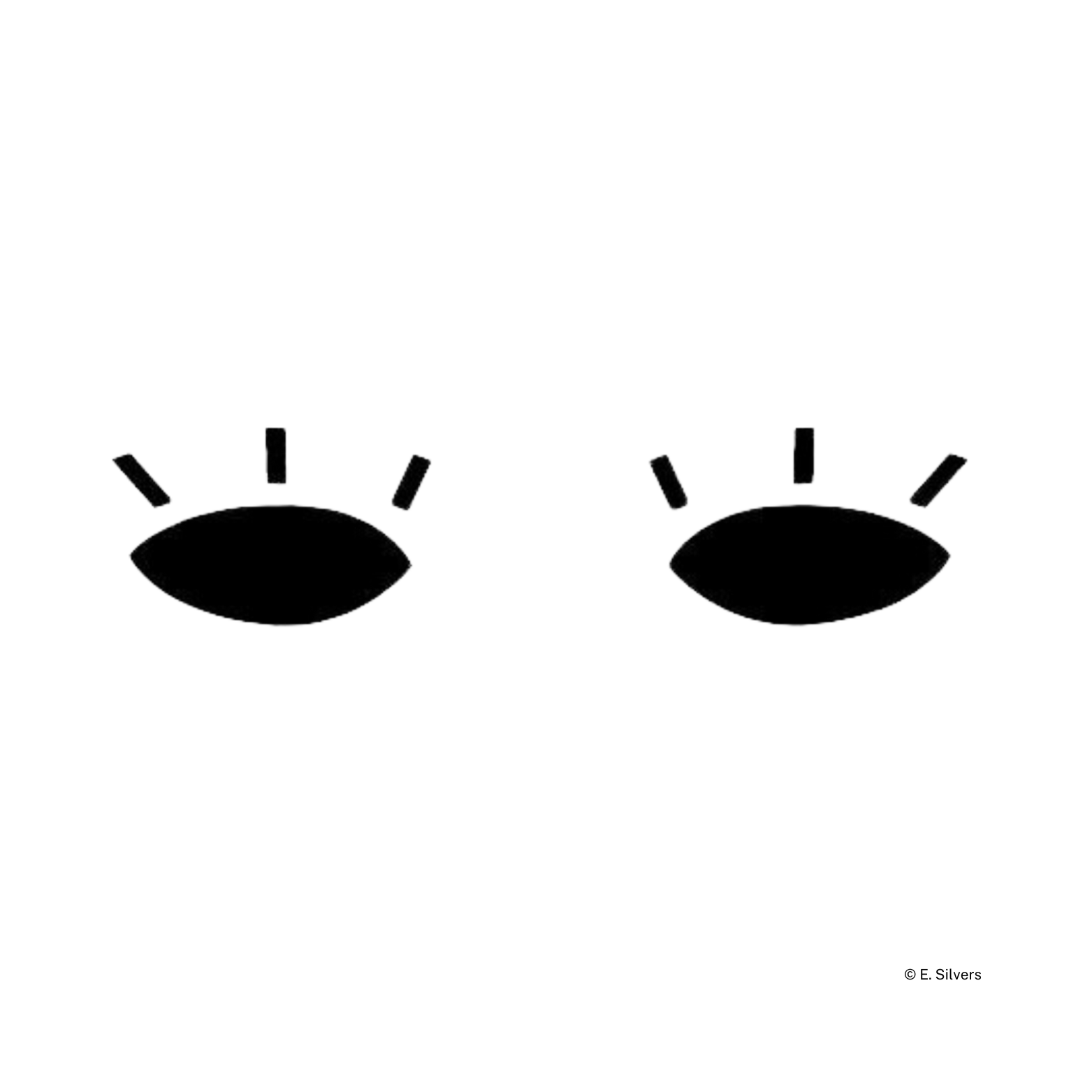Does it walk like a human? Does it talk like a human? Is it human? Well, at the end of the day, you don’t have to make them human, just relatable.
Thank you for reading this post, don't forget to subscribe!Go People Watching
No individual is the same so there is no wrong way to portray a character, but watching people helps you improve your mental sketch of them. Depending on your story, your characters should be multidimensional—like people.
Just like a real human being, your character will have their own style of clothing and manner of walking and speaking.
People provide an array of different styles and moods to choose from. By simply keeping an eye open in a mall for a few minutes, you should get plenty of ideas. Try to notice hand gestures, unique clothing, and walking styles of the people passing by.
Pick out only memorable things. Things that don’t stand out to you probably won’t be memorable to your readers either. Look for unique belongings and use them continually. This will also help in creating your character’s “brand;” in other words, their identity. When you see a stripped red and white shirt you automatically think of Waldo, right? Exactly.
What’s your character’s thing? Or is your character reinforced by the fact that they don’t have a thing?
Watch For People’s Habits
Does your character rub their nose when stressed? Run their hands through their hair? Blink just a little too much? These are all little habits that make people seem relatable.
Below are a few noteworthy human habits that you may want to use in your character building.
Chews their nails.
Picks their scabs.
Clears their throat often.
Wears socks to sleep.
Wears too much jewelry.
Goes to the gym every day.
Wears a headband every day.
Fast/slow walker.
Acts according to superstitions.
Can recite lines from movies/books/comics.
Is ambidextrous.
Possible accent: always puts the emphasis on the wrong syllable.
Talk Like A Human
Does your character have any speech impediments? Do they avoid certain words—why? What education level is their vocabulary? Do they have a habit of repeating sayings, like “as alike as two peas in a pod”?
Pay attention to people’s speech. Some people are very distinguishable by their words. A more advanced use of vocabulary might signify an elder or an educated individual. A more laid-back and simpler speech could signify a youth.
Some people even have speech habits as far as always beginning their sentences with “so,” “well then,” or “like.” Sentences may also end in the same words too often. For example, ending with “you know?”, “know what I mean?”, or “so, yeah.”
Saying “um,” “uh,” and “ah” are also common speech habits that you may wish to include. The overuse of these makes your text choppy and awkward, so be careful to not make your character sound too slow when using them.
